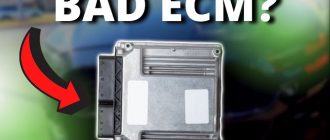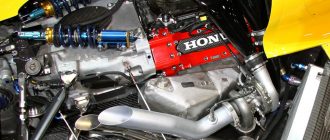What is an Alternator in a Car Engine?
Introduction
The alternator is a vital component of a car’s electrical system. It is responsible for generating electricity to power the car’s electrical components, such as the headlights, radio, and air conditioning. Without an alternator, the car would not be able to run.
How Does an Alternator Work?
An alternator is a type of electrical generator that converts mechanical energy into electrical energy. In a car engine, the alternator is driven by the engine’s crankshaft. As the crankshaft rotates, it turns the alternator’s rotor, which in turn generates electricity.
The alternator’s rotor is made up of a series of magnets. As the rotor rotates, the magnets create a magnetic field. This magnetic field interacts with the alternator’s stator, which is made up of a series of coils of wire. The interaction between the magnetic field and the coils of wire generates electricity.
The electricity generated by the alternator is then sent to the car’s battery. The battery stores the electricity and provides it to the car’s electrical components when needed.
Symptoms of a Bad Alternator
There are a number of symptoms that can indicate a bad alternator. These symptoms include:
* Dimming headlights
* A dead battery
* A flickering radio
* A slow-cranking engine
* A burning smell coming from the alternator
If you experience any of these symptoms, it is important to have your alternator checked by a mechanic. A bad alternator can cause serious problems with your car’s electrical system.
How to Replace an Alternator
Replacing an alternator is a relatively simple job that can be done in a few hours. However, it is important to follow the manufacturer’s instructions carefully.
To replace an alternator, you will need the following tools:
* A socket wrench set
* A screwdriver
* A voltmeter
* A new alternator
Here are the steps on how to replace an alternator:
1. Disconnect the negative battery terminal.
2. Remove the serpentine belt.
3. Unbolt the alternator from the engine.
4. Disconnect the electrical connectors from the alternator.
5. Remove the alternator from the engine.
6. Install the new alternator.
7. Connect the electrical connectors to the alternator.
8. Bolt the alternator to the engine.
9. Install the serpentine belt.
10. Connect the negative battery terminal.
Once you have replaced the alternator, you should test it to make sure it is working properly. To test the alternator, start the car and turn on the headlights. The headlights should be bright and steady. If the headlights are dim or flickering, the alternator is not working properly.
Conclusion
The alternator is a vital component of a car’s electrical system. It is responsible for generating electricity to power the car’s electrical components. If the alternator fails, the car will not be able to run. It is important to be aware of the symptoms of a bad alternator and to have it replaced if necessary.




